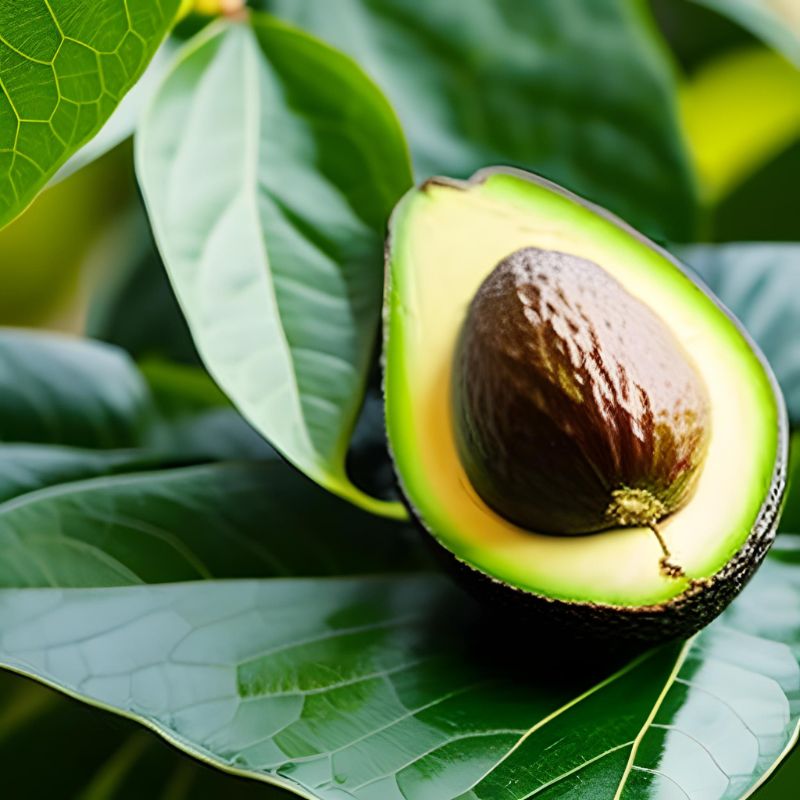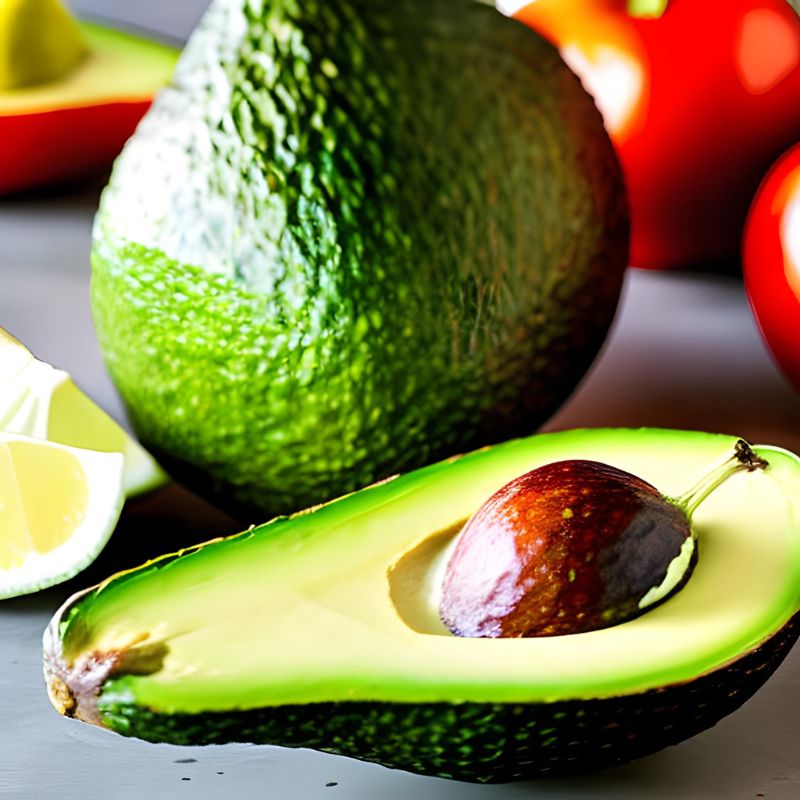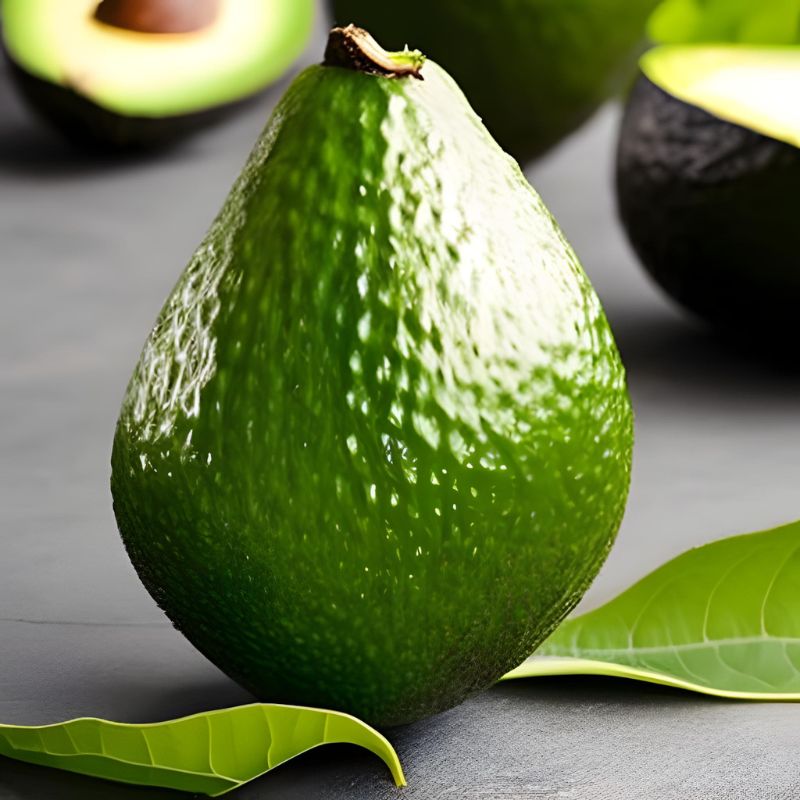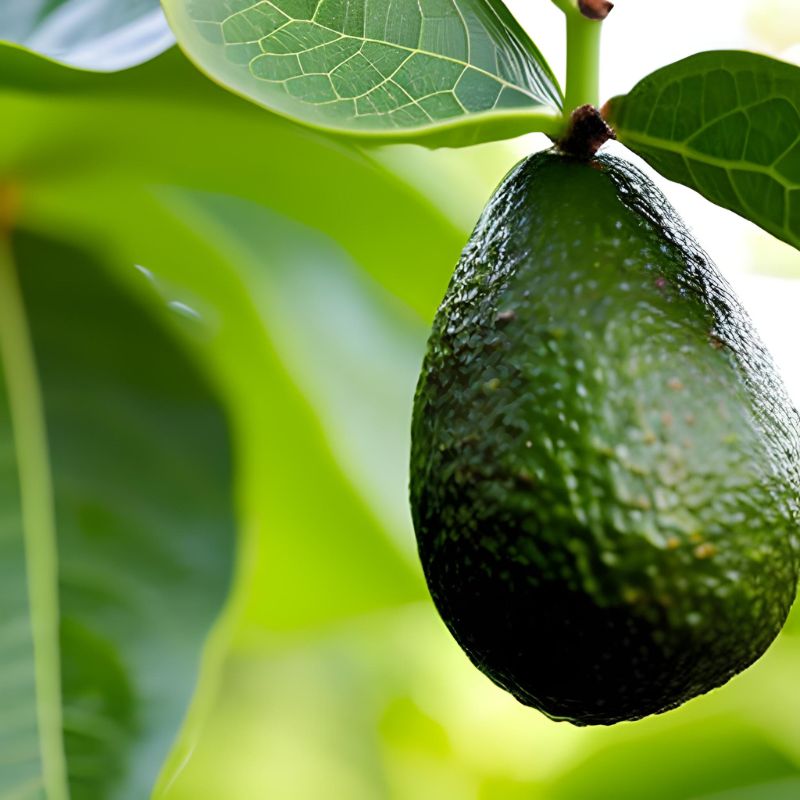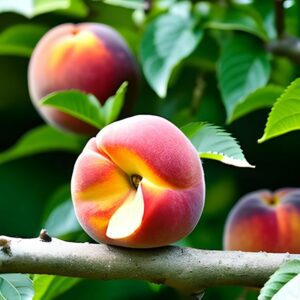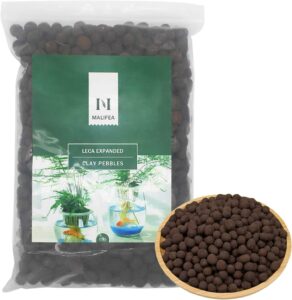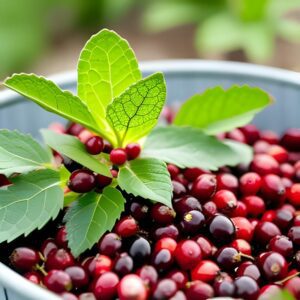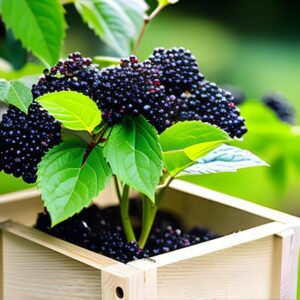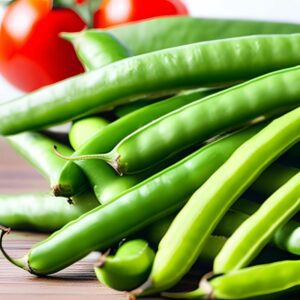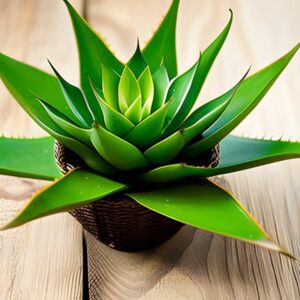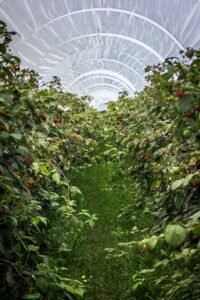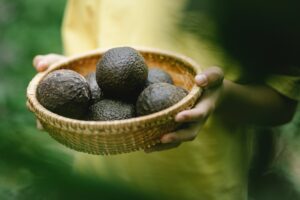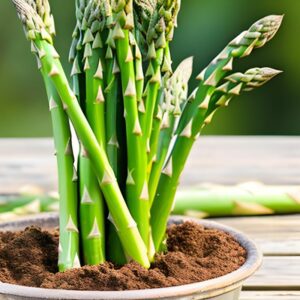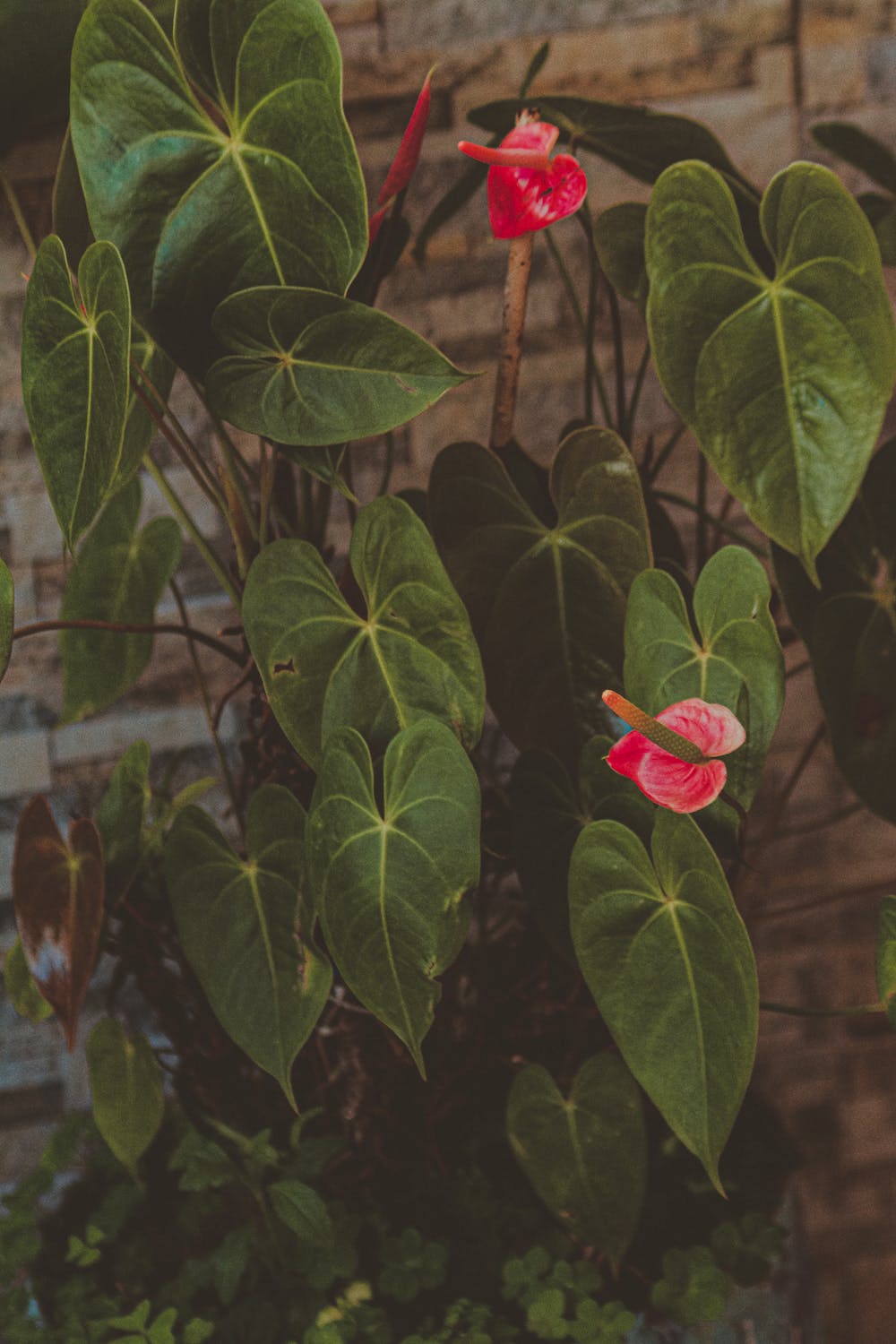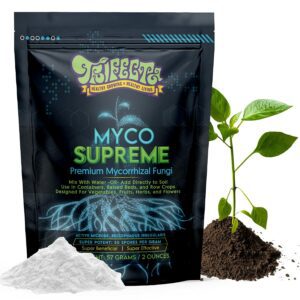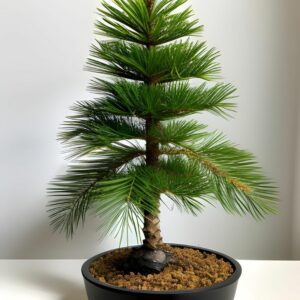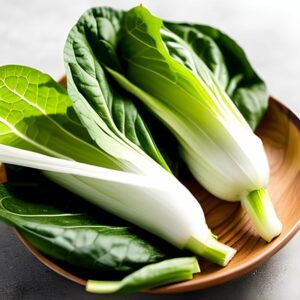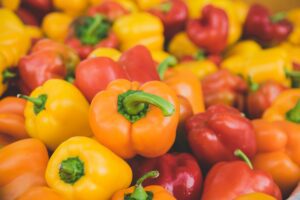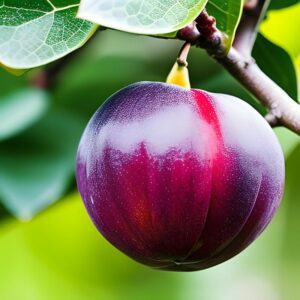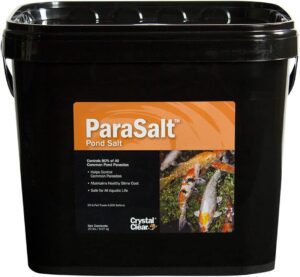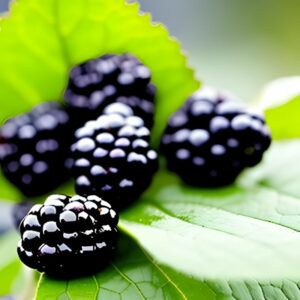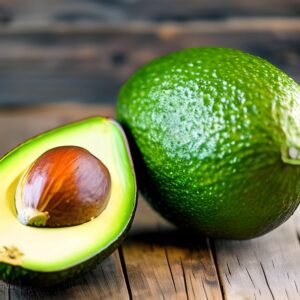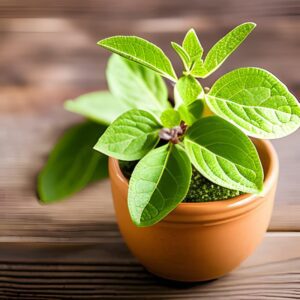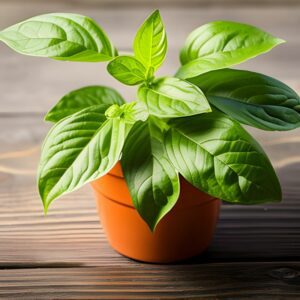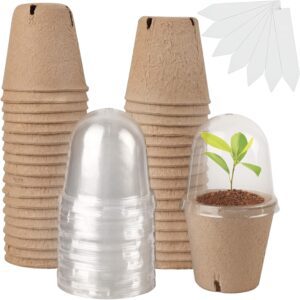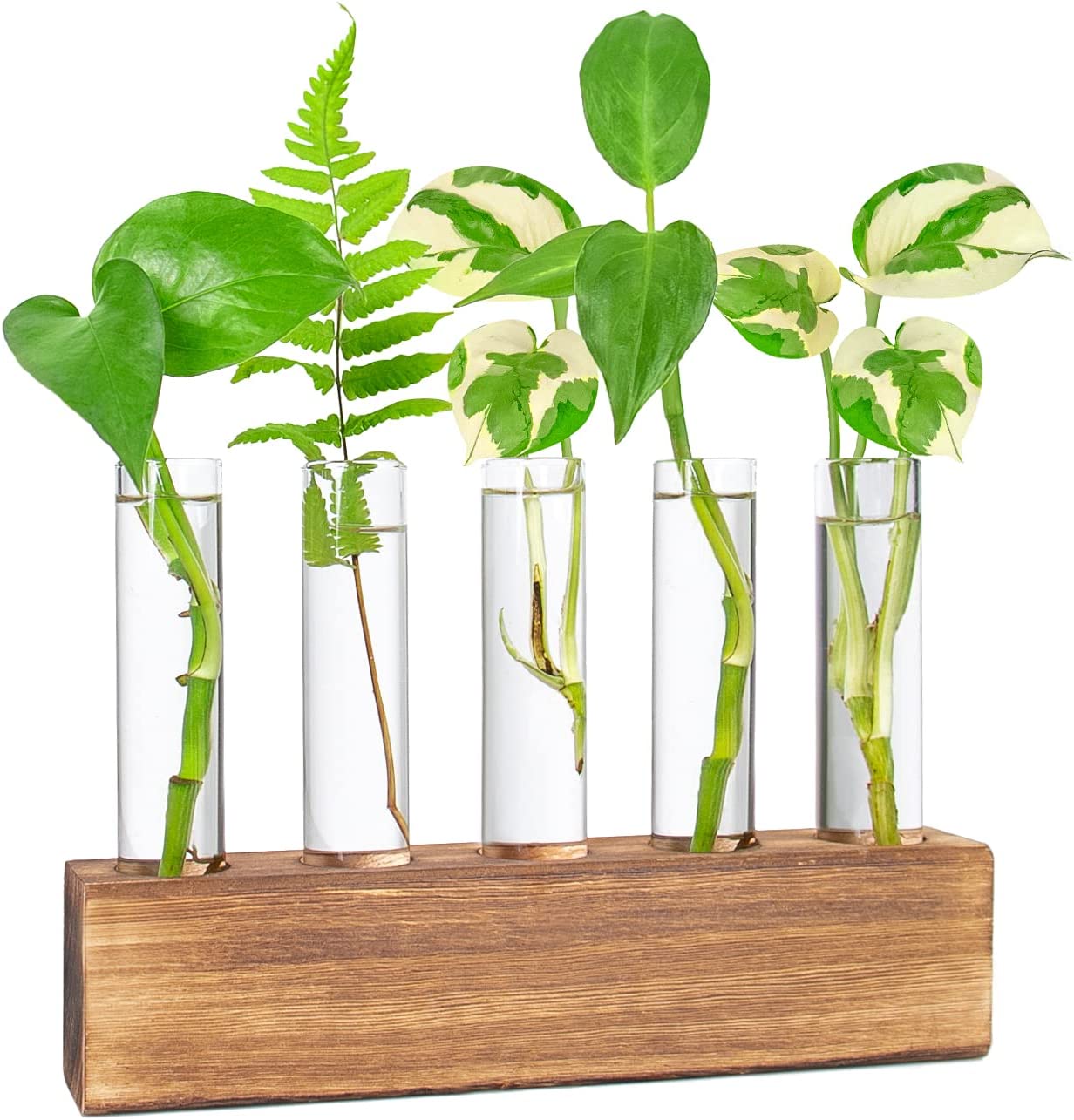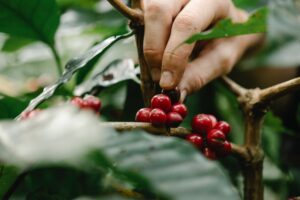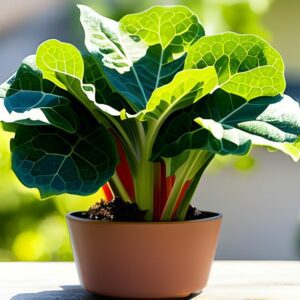Avocado
Fruits
- Central & South America
- Hard
- 3-10 Years
Introduction
Avocado is a versatile fruit tree highly valued for its creamy texture and nutritional benefits. It is known for its delicious flavor and its essential role in guacamole and various culinary dishes. Avocado trees are attractive additions to gardens and provide shade and beauty while offering the opportunity to harvest your own homegrown avocados.
Plant Characteristics
Avocado trees are evergreen and can grow to a height of 30 to 65 feet (9 to 20 meters), depending on the variety. They have large, glossy, dark green leaves that provide a lush and tropical appearance to the landscape. The fruit itself is typically pear-shaped with a smooth or pebbled skin and a buttery, greenish-yellow flesh.
Ideal Growing Conditions
Avocado trees thrive in warm climates with temperatures between 60-85°F (15-29°C). They require well-draining soil with a pH level of 6 to 7.5. These trees need full sun exposure for optimal growth and fruit production. While they are relatively drought-tolerant, regular watering is crucial, especially during dry periods.
Planting Guide
Choose a sunny spot in your garden with well-draining soil. Dig a hole that is slightly larger and deeper than the root ball. Place the tree in the hole, ensuring that the soil level matches the original planting depth. Fill the hole with soil, gently firming it around the roots. Water thoroughly after planting.
Watering and Fertilizing
Avocado trees require regular and consistent watering. Keep the soil evenly moist, but avoid waterlogging. Deep watering once or twice a week, depending on weather conditions, is generally sufficient. Fertilize the tree with a balanced, organic fertilizer specifically formulated for fruit trees according to the manufacturer’s instructions.
Pruning and Maintenance
Pruning avocado trees is essential to maintain their shape, remove dead or damaged branches, and promote airflow and sunlight penetration. Prune during late winter or early spring before the tree starts to actively grow. Regularly monitor for pests and diseases, and take appropriate measures to control them.
Fruit Development
Avocado trees typically produce flowers during late winter or early spring, followed by fruit development. However, some varieties may have different flowering and fruiting patterns. It can take several months for the fruit to mature and ripen on the tree. Harvest avocados when they reach the desired size and firmness, and allow them to ripen off the tree.
Post-Harvest Care
Once harvested, avocados can be left to ripen at room temperature. To speed up the ripening process, place them in a paper bag with a banana or apple. Once ripe, store avocados in the refrigerator to prolong their shelf life. Prune the tree after harvest to maintain its size and shape.
Troubleshooting
Avocado trees are susceptible to diseases such as root rot, fungal infections, and pests like aphids and spider mites. Ensure proper drainage and avoid overwatering to prevent root issues. Regularly inspect the tree for signs of pests or diseases, and take appropriate action to control them.
Fun Facts
The Hass avocado, one of the most common varieties, was discovered by a postman named Rudolph Hass in California in the 1920s.
